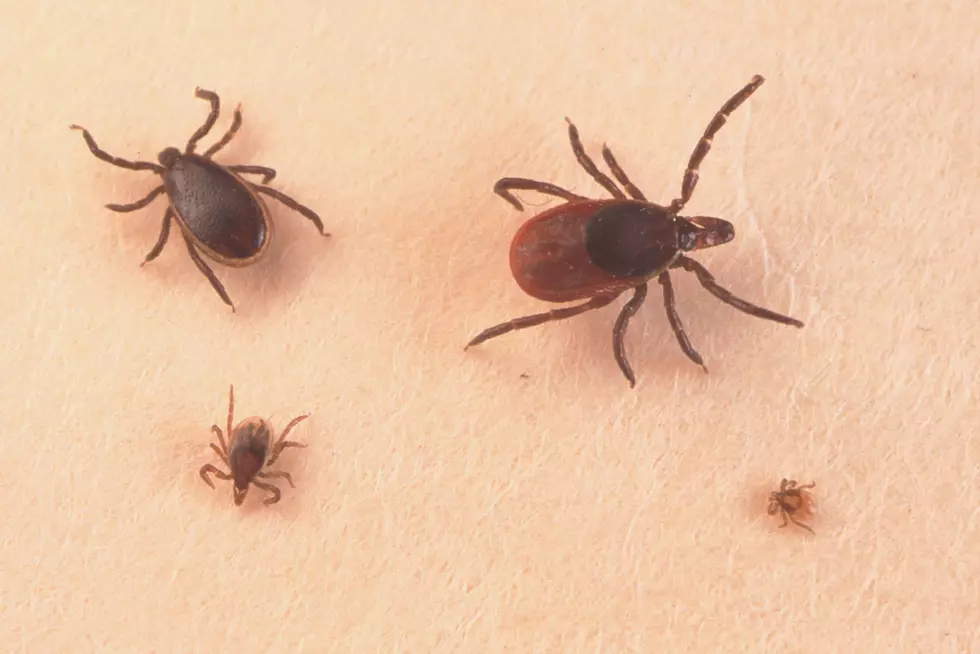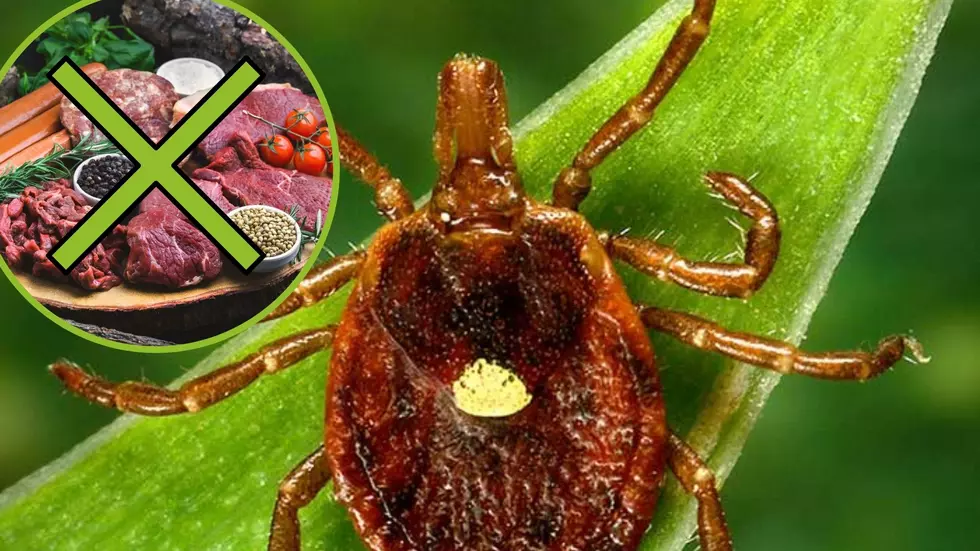
Tick-Borne Disease That Can Cause Death on the Rise in New York
Beware of what lurks in your backyard, because a growing number of creepy crawlies carrying a rare but serious illness are skittering around New York.
Tick-borne illness on the rise
Health officials are reminding residents ahead of peak tick season to beware of babesiosis, an illnesses carried deer ticks infected with Babesia microti, a microscopic parasite.
When one of those ticks bites a human, the parasites can enter the bloodstream and begin to infect red blood cells.
This disease used to be extremely rare, but cases have been steadily rising over the years -- especially here in New York.
The New York Department of Health warns...
"While anyone can get babesiosis, it can be more severe in the elderly, people who have had their spleen removed, and people who have weakened immune systems (for example, those who have cancer, HIV/AIDS, or a transplant)."
While most cases appear to be asymptomatic, milder side effects can present as flu-like symptoms like fever, fatigue, and headache.
But NY health officials warn babesiosis can also cause life-threatening issues:
"In severe cases, blood clots, organ failure, unstable blood pressure, and rarely death may occur. It may take from one to nine weeks, sometimes longer, after exposure for symptoms to appear."
Babesiosis is diagnosed by testing the blood. Treatment depends on the severity of the case.
How to prevent tick bites
If you don't want to feed the ticks, follow these steps to keep yourself safe.
The Centers for Disease Control and Prevention say the first thing anyone should do is be mindful of where ticks like to hang out most -- like tall grass or brushy, wooded areas.
It's advised to avoid these areas the best you can. The CDC also recommends walking in the middle of every path if you're hiking in the woods.
And if you have to pass through any of those areas, the CDC strongly advises you treat your skin and clothing with products containing 0.5% permethrin, which will deter ticks. It's also recommended to use products that contain DEET, picaridin, IR3535, Oil of Lemon Eucalyptus, para-menthane-diol or 2-undecanone.
Once you exit a tick-infested area, the CDC urges you to thoroughly check yourself -- and your pets -- for stragglers. These pests have a penchant for hiding in tricky places like under armpits, in your hair, around the ears, inside the belly button, behind the knees, around the waist and between the legs.
To help spot any unwanted passengers, you can use a handheld mirror. If you find a tick, pull it out using a pair of tweezers.
Once you think you're tick free, take a hot shower to wash off any unattached ticks you might have missed. It is also advised to throw your clothes in the dryer for at least 10 minutes to kill any bloodsuckers.
Where else is babesiosis on the rise?
A recent study by the CDC found cases surged between 2011 and 2019, but these 8 states reported the most cases:
- Connecticut
- Maine
- Massachusetts
- New Hampshire
- New Jersey
- New York
- Rhode Island
- Vermont
While Vermont suffered the largest increase in infections, New York reported the most. In all, our state saw 4,738 cases spring up during that 8-year period, which averages about 526.4 cases per calendar year.
While experts haven't pinpointed the exact reason why tick-borne illnesses are on the rise, theories include climate change and humans moving into areas that are tick havens.
New Yorkers have a few weeks to go before peak tick season, which starts mid-August. This year, it's expected to last through November.
However, because we're experiencing increasingly warmer weather, tick season could continue into the winter if temperatures remain mild.

8 Types of Ticks Biting in New York This Season
More From WIBX 950









